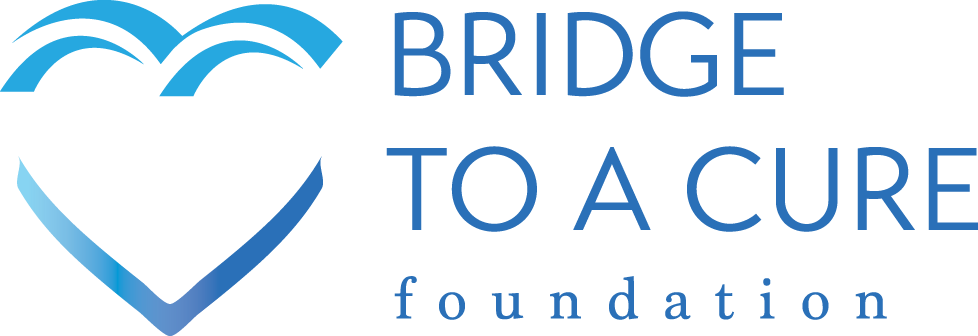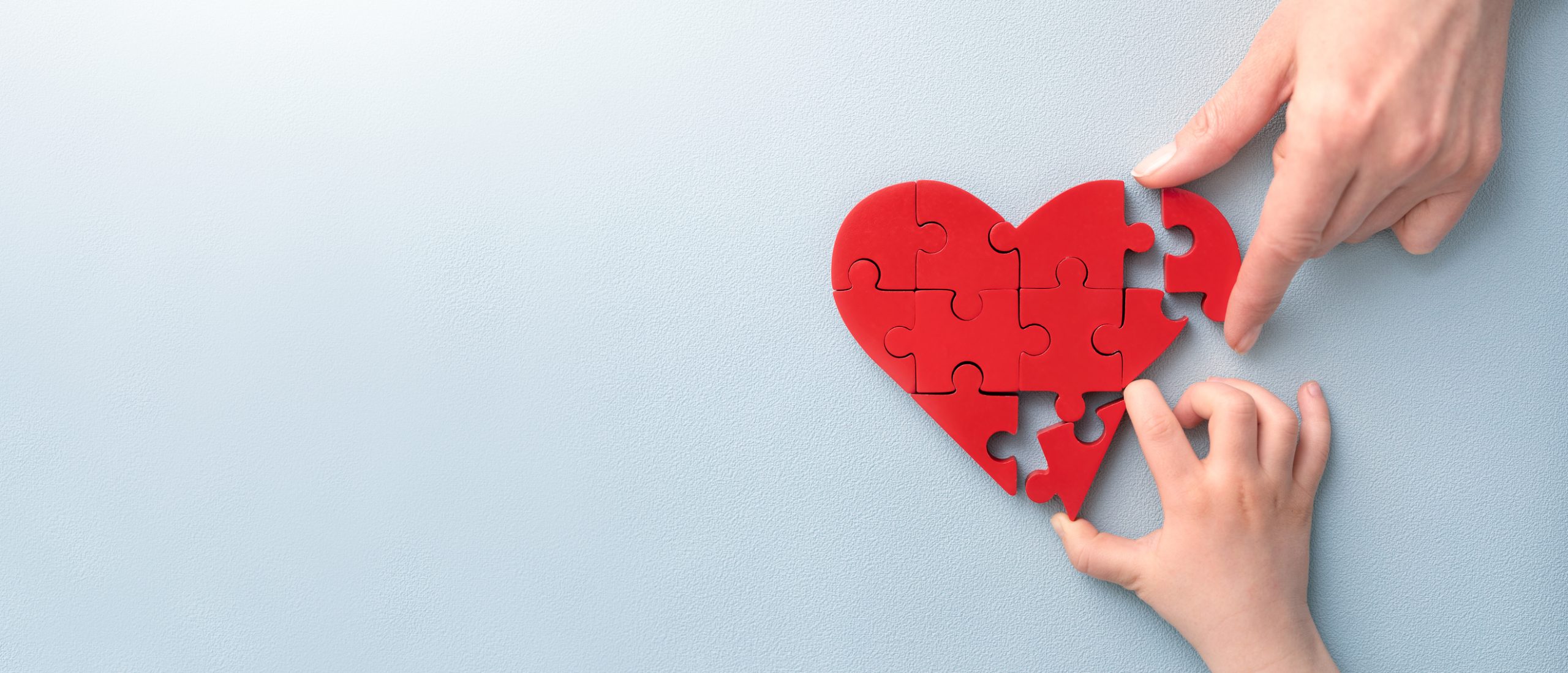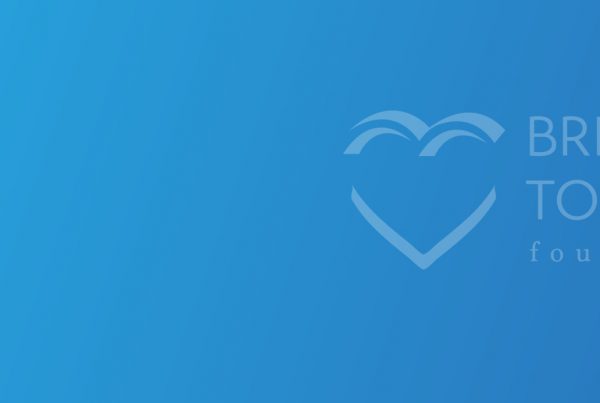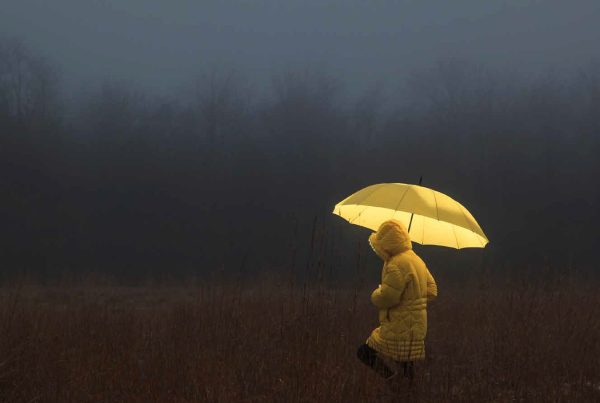We have a common enemy: childhood brain tumors. The fact is, there have been many amazing oncology professionals, scientists, researchers, and institutions working tirelessly on cures over the past 50 years – half a century! And yet, not one treatment has been developed for childhood brain tumors. Over this time, roughly 750,000 children have endured the painful, cruel journey of the #1 killer of kids by disease.
So what’s missing in our country’s childhood cancer research model that makes progress much slower than it should be?
Collaboration.
Bridge To A Cure greatly respects the work these childhood cancer heroes are doing for childhood cancer patients. We just want them to work together – and to share their data and discoveries to arrive at breakthroughs to cures sooner. We understand that by working together we can accelerate the pace toward cures. And when young lives are waiting for help, and families are holding on to hope, every day matters — every second matters.
There are three major players seeking new therapies for childhood brain tumors:
Additionally, these groups each include approximately 15 research organizations working on childhood brain tumors under their umbrellas. In other words, there are a lot of experts with a lot of knowledge involved in this race to cures. And most of them are holding their data within their own institutions and consortia rather than sharing with the entire childhood cancer research community.
Consortia Collaboration Will Save Lives
Sharing data and patient information will cut years from research to discovery, to trials to effective use, and to saving lives. We could accomplish in ten years what now takes up to twenty. Think of the thousands upon thousands of lives this can save.
We want these three consortia to:
- Molecularly characterize and sequence all biospecimens they house.
- Share data they have about the patients in a way that protects patient privacy. This includes age, lifestyle, other health issues, family histories, and circumstances.
- Share all data from childhood tumors.
- Provide access for all researchers and organizations working on childhood brain tumors.
Creating teamwork within the system will absolutely speed up the process leading to breakthrough results.
Collecting and sharing data is the first step. Next, we need machine learning and AI to help decipher and analyze everything – there’s just too much data for one analyst or team to ever digest. AI is so powerful that it can process in one hour what it would take a researcher to process in a year.
Once the network for sharing is set up, analysts can tap into it and add content they’ve collected that matches up with a similar patient or type of brain tumor whose data research is further along. In this way, more brilliant minds have better knowledge from which to develop treatments and break through to cures.
Obstacles to Collaboration
There are several reasons that data sharing happens less frequently than it could. We understand some of them, and they make a degree of sense from a business perspective. It’s just that in this instance, the business end is inhibiting the health of children.
Key reasons organizations don’t share include:
- Seeing their project through. Research institutions take pride in their work and progress. It’s human nature to want to see what you started through to the end. Unfortunately, this mentality adds years to a potential breakthrough.
- These groups receive grants and donations based on their progress toward discoveries. If essential data is shared, the fear is the money they need would be reduced because they alone are no longer making progress, so they choose to “protect” their data.
- The dilemma is that if an institution or consortium shares data, another may make that final connection to a treatment or cure. And which group will get the credit and the accompanying bounty? Probably the one who finished the process, not the one who laid the foundation.
Bridge To A Cure’s Collaborative Approach
In 2018, under the leadership of Dr. Ned Sharpless, the NCI started the Children’s Cancer Data Initiative. This ten-year, $500 million program will provide researchers and oncologists access to all data for all types of pediatric cancer.
This much-needed initiative is progressing, but much too slowly because they are trying to tackle all childhood cancers at once. Bridge To A Cure Foundation’s plan first addresses the most deadly form of childhood cancers: brain tumors. By doing this, we can move faster to save lives, and can then apply this model not only to other childhood cancers, but to all kinds of serious childhood diseases and disorders.
We believe we can speed up and be the catalyst for change. We understand the players, the situation, and we have the framework to accomplish our mission unify and transform the childhood cancer research community to reduce deaths due to childhood cancer 50% by 2030.
Learn more about our progress to open up real-time, collaborative access to the data that leads to cures here.
